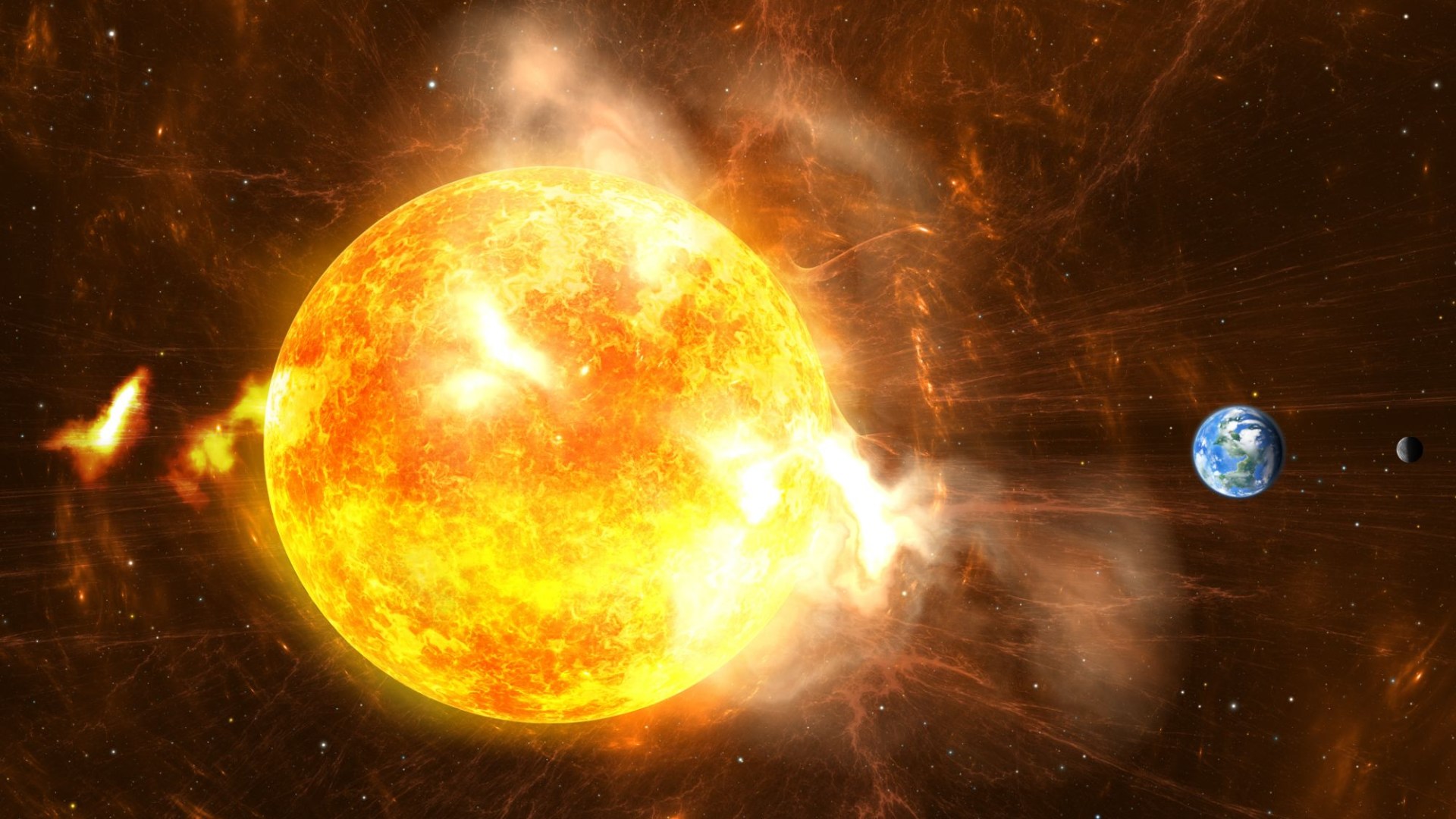
Title:
Article:
A severe geomagnetic storm alert has been issued by the National Oceanic and Atmospheric Administration (NOAA), marking the first of its kind since 2005. The agency cautions that the biggest solar storm in two decades could arrive on Earth today, potentially causing widespread disruptions.
The powerful solar storm is anticipated to reach Earth on Friday, with a projected onset time of 12pm ET (5pm UK time), as announced by NOAA. The agency highlighted that this “unusual event” has the potential to disrupt GPS satellites, power grids, electronic devices, and communications systems. Additionally, it may lead to the spectacle of auroras, also known as the Northern Lights, illuminating parts of the world in a breathtaking display.
The alert comes on the heels of a series of “strong” solar flares, large explosions in the sun’s atmosphere that commenced on Wednesday. Observers identified multiple enormous plasma eruptions from the sun, referred to as “mass ejections,” which, upon reaching Earth, can trigger geomagnetic storms by disturbing the planet’s magnetic field. Scientists are predicting the convergence of these eruptions to Earth by late Friday or early Saturday.
Captivating images depict sunspots of massive proportions unleashing solar flares that led to the severe storm alert. NOAA’s Space Weather Prediction Center underscored continuous monitoring of solar activities following the initiation of solar flares and coronal mass ejections in early May. The agency issued a Severe (G4) Geomagnetic Storm Watch for Friday evening, cautioning that additional solar outbursts could prolong geomagnetic storm conditions throughout the weekend.
The geomagnetic storms have the potential to impact infrastructure in near-Earth orbit and on the planet’s surface, affecting crucial systems such as communications, electric power grids, navigation, radio, and satellite operations. Scientists have even raised concerns about the potential disruption of internet services due to the storm’s intensity. The Space Weather Prediction Center has alerted relevant operators to take necessary protective measures in anticipation of the storm’s effects.
Professor Peter Becker from George Mason University emphasized the limited warning time available between solar flares’ initiation and their arrival at Earth, enabling approximately 18 to 24 hours of preparatory measures. This unique solar storm alert serves as a notable event, with the previous comparable alert dating back to January 20, 2005, leading to significant radiation levels reaching Earth in a matter of minutes post-alert issuance.
Solar flares represent sudden, intense bursts of energy occurring on the Sun’s surface, often accompanied by magnetic energy releases and localized brightness enhancements. These flares emit diverse electromagnetic radiation forms, including X-rays and ultraviolet light, typically occurring near sunspots, regions of concentrated magnetic activity on the Sun’s surface. The subsequent impacts on Earth’s space environment encompass geomagnetic storms, disruptions to satellite communications, and potential effects on power grids.
Stay informed and be prepared for potential disruptions as the solar storm unfolds, monitoring updates from NOAA and relevant space weather agencies to ensure safety and operational continuity amidst this rare cosmic event.